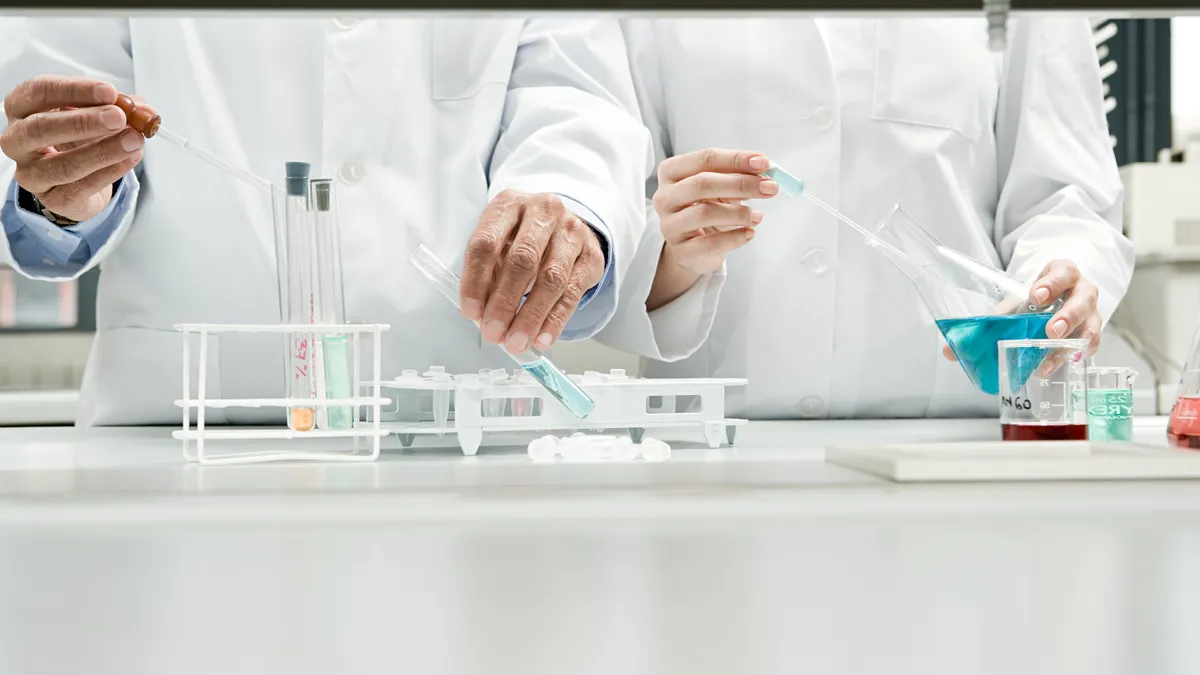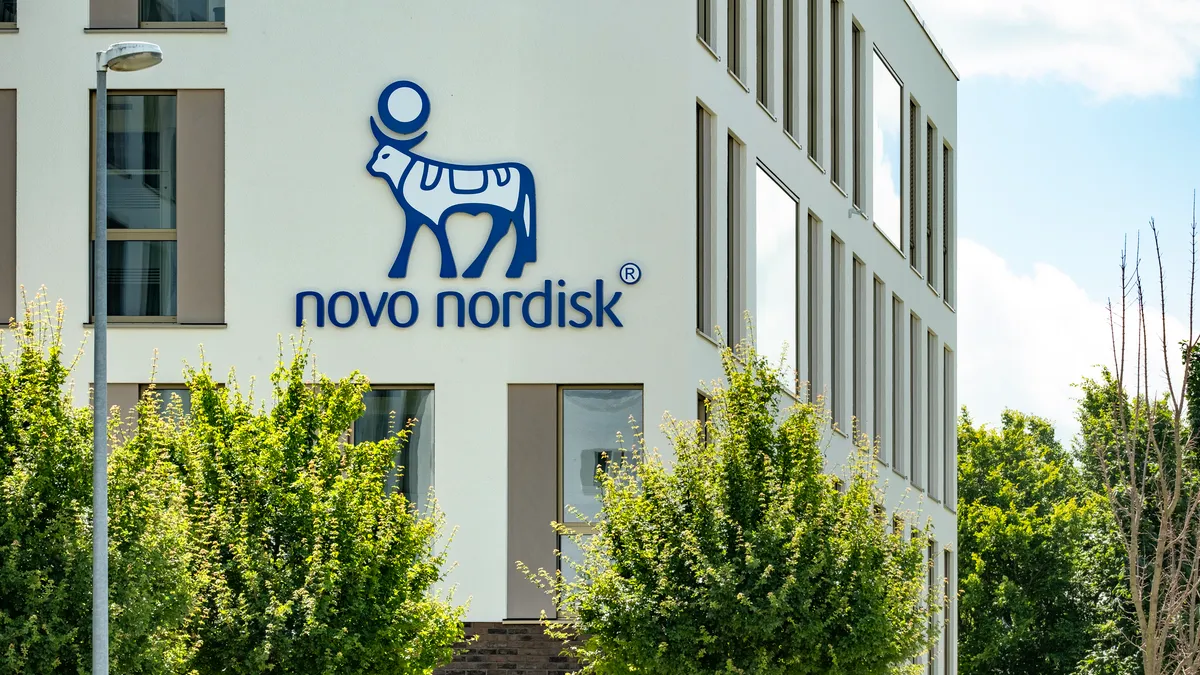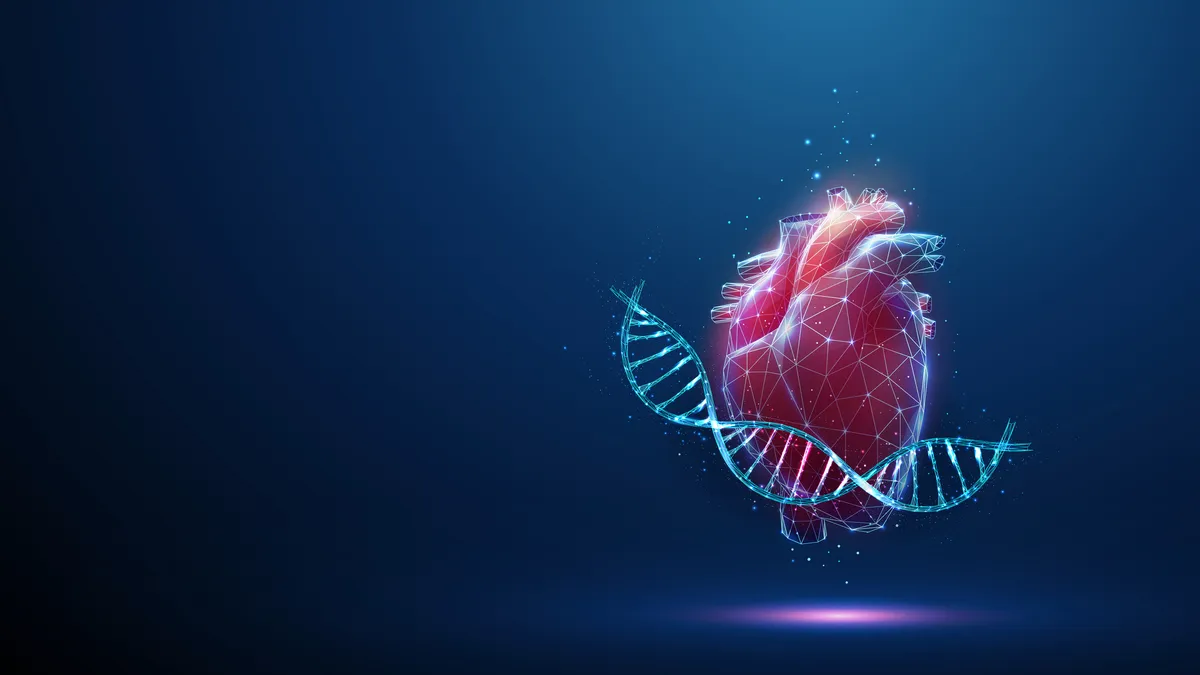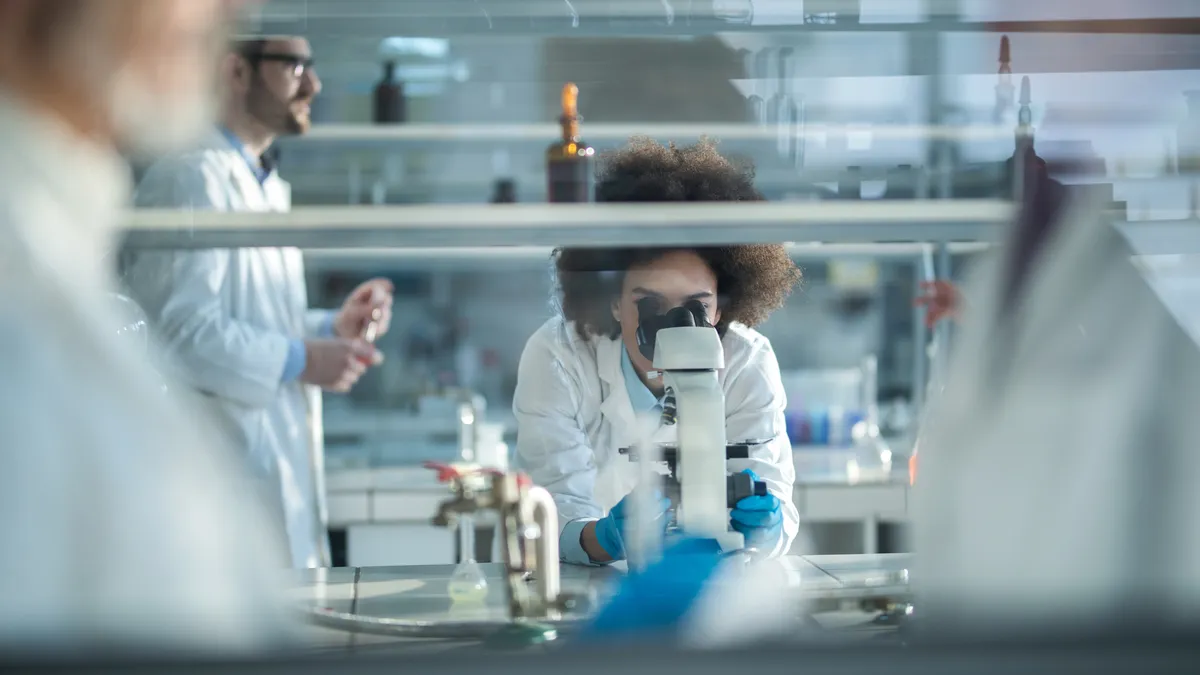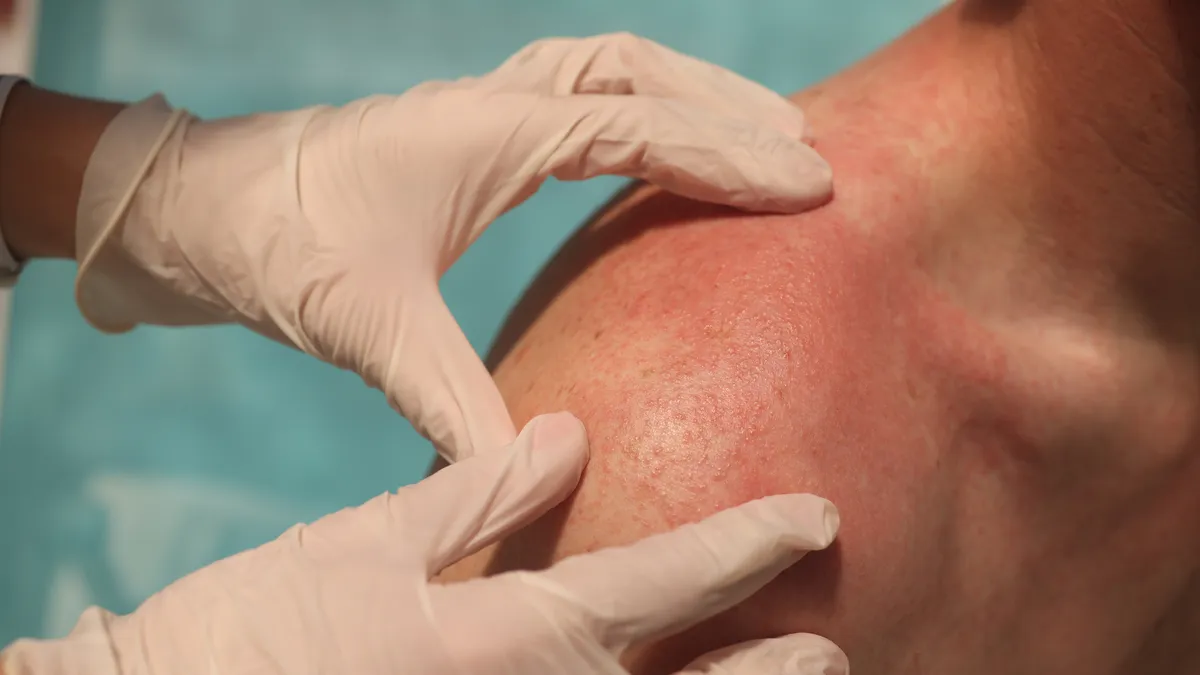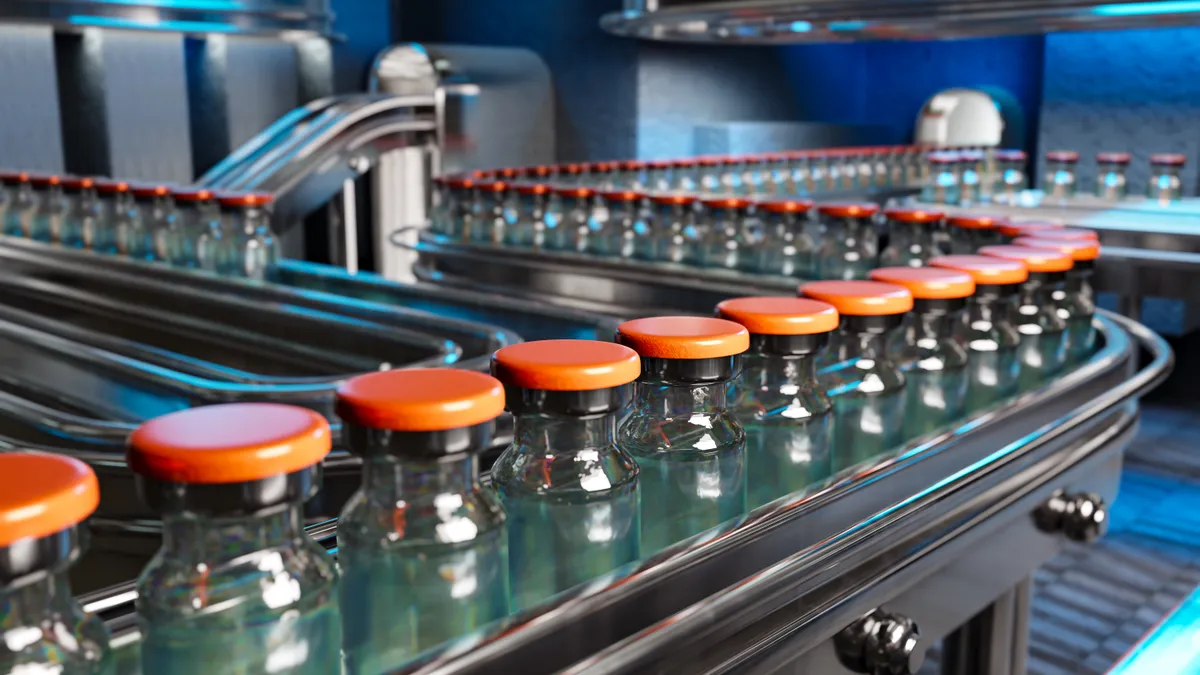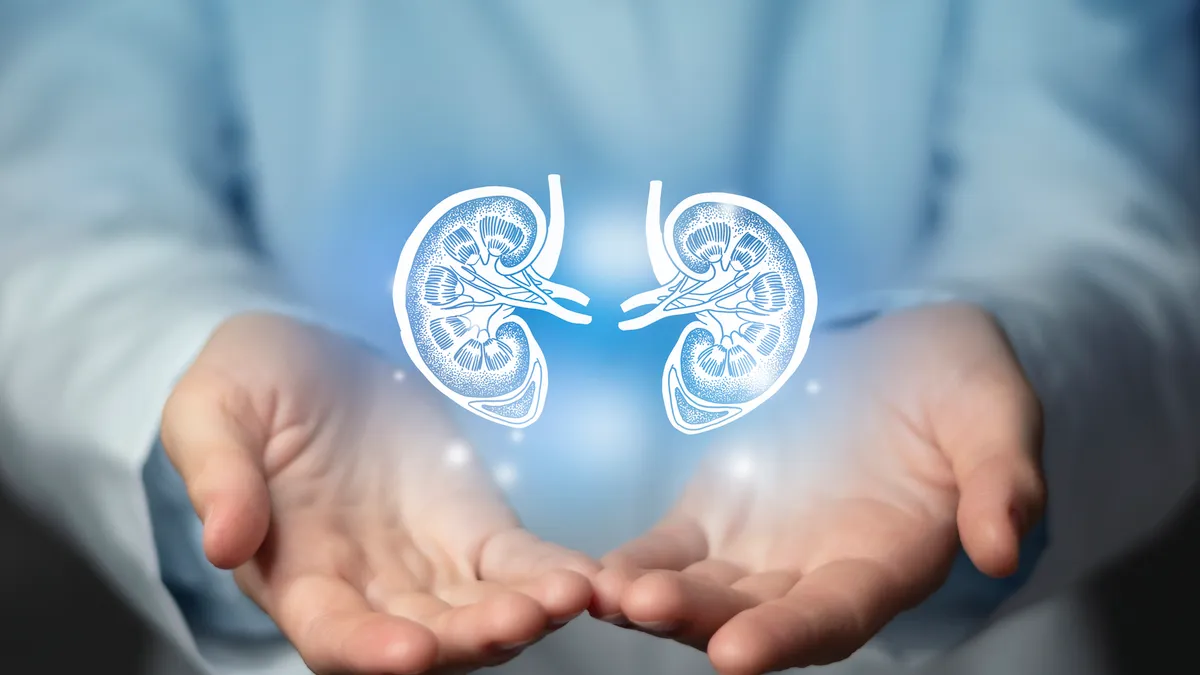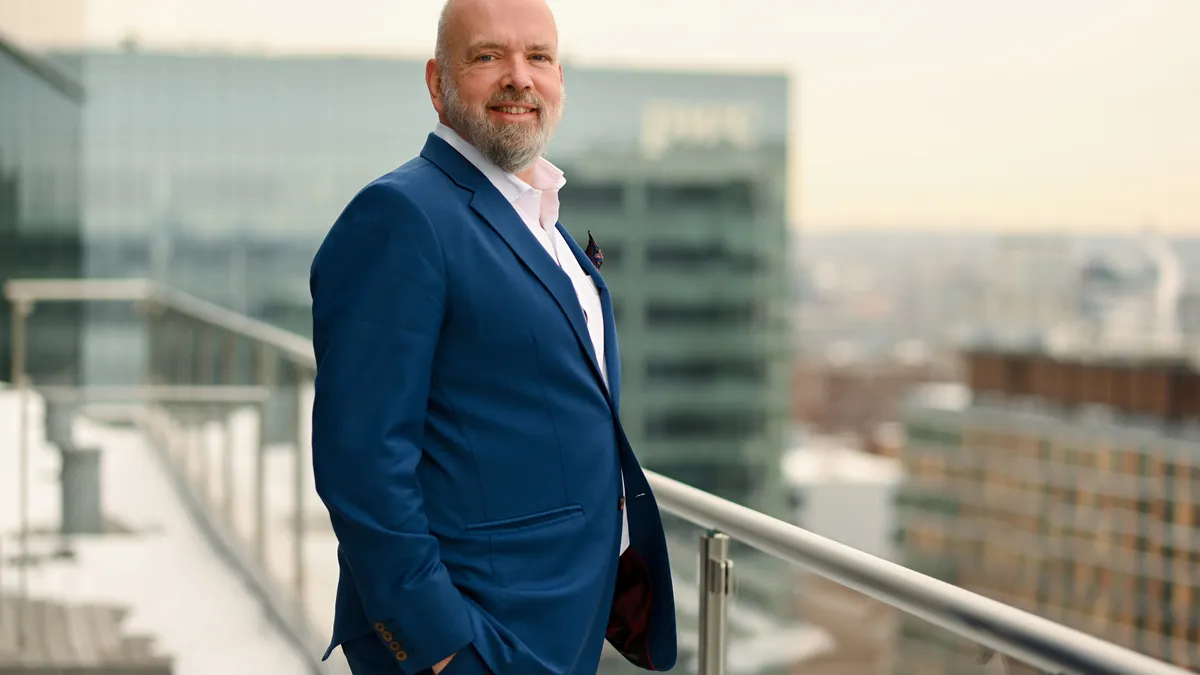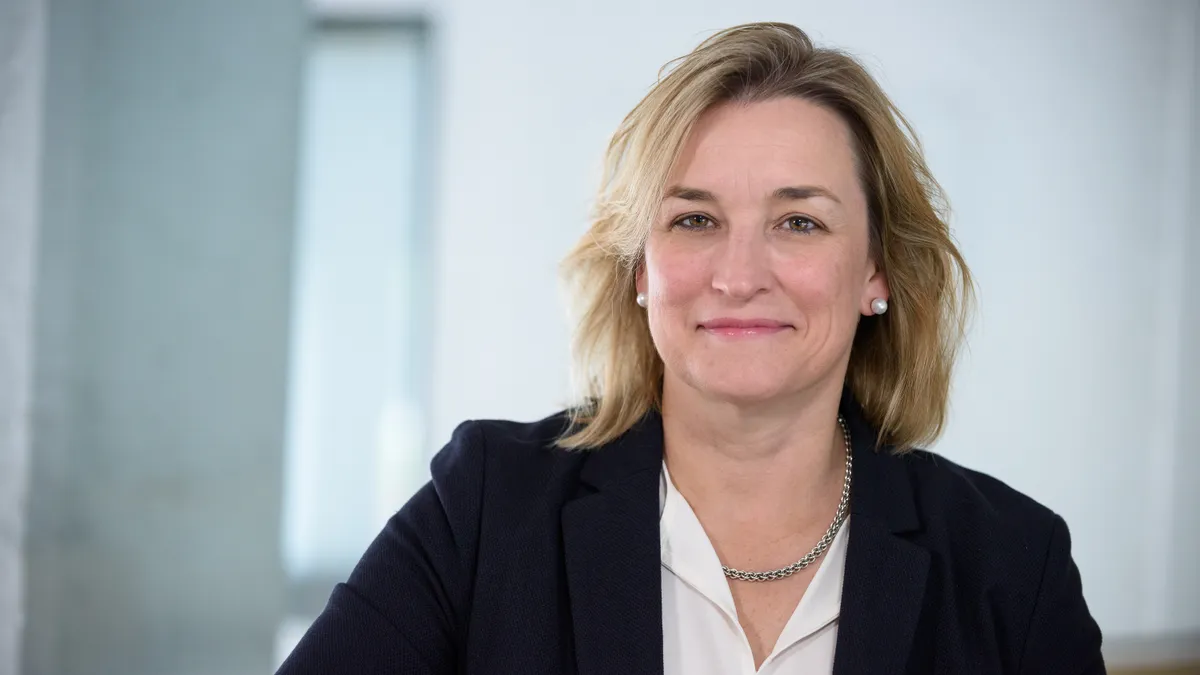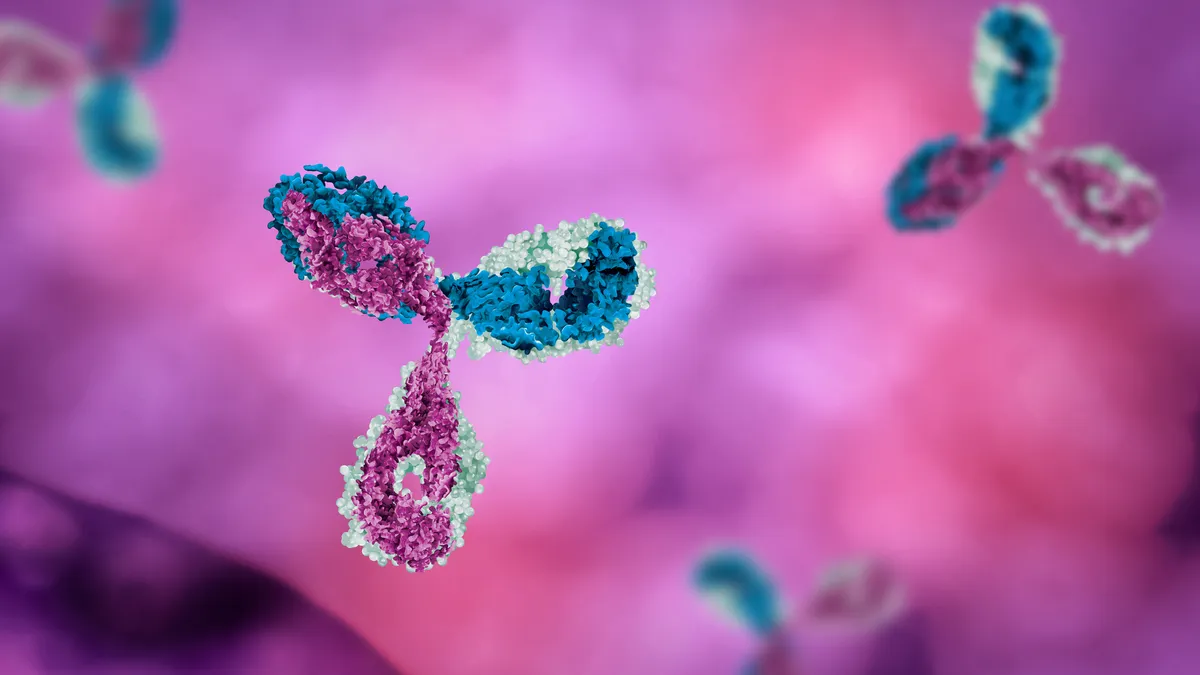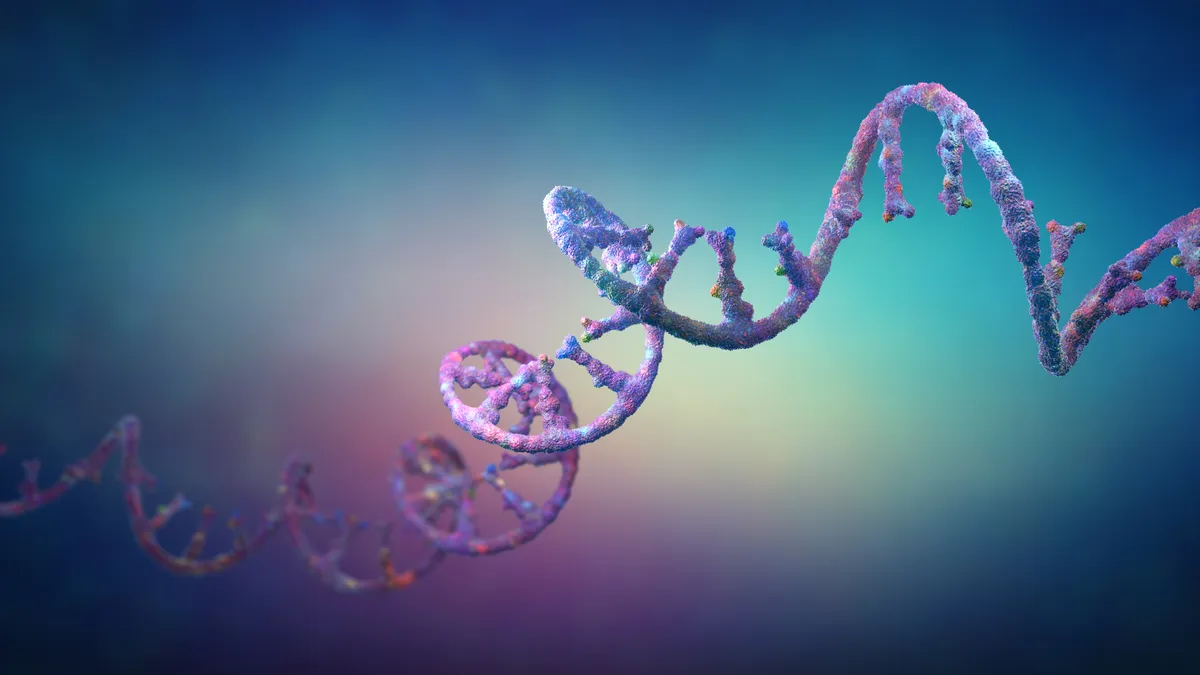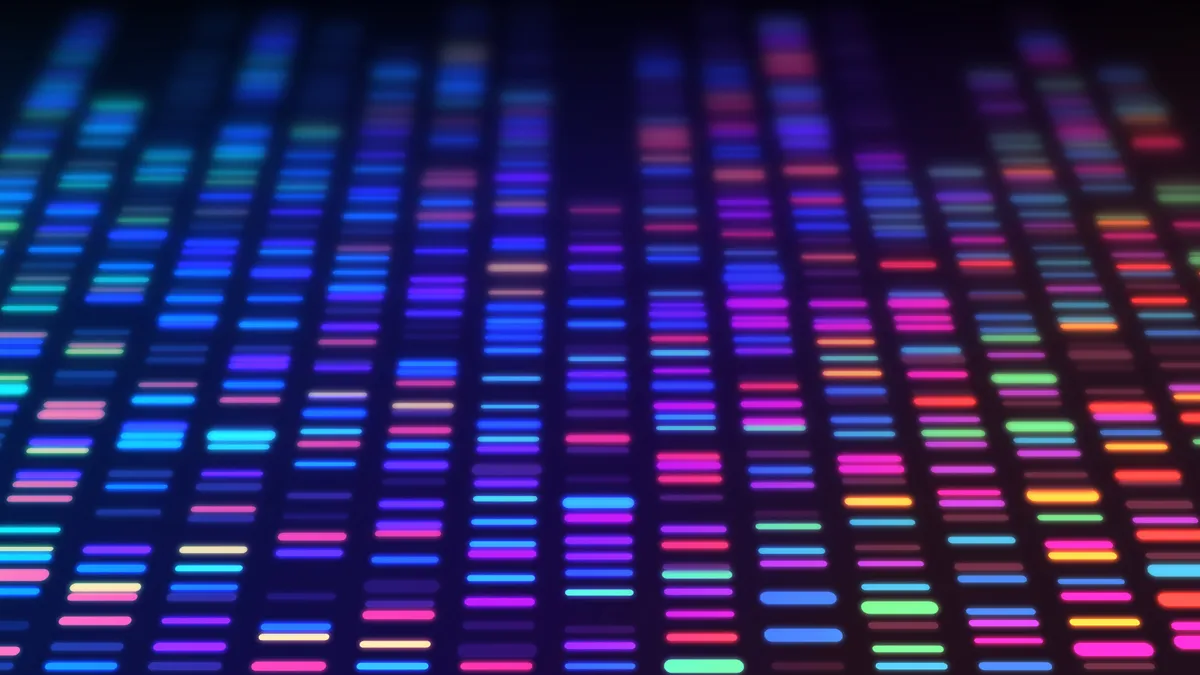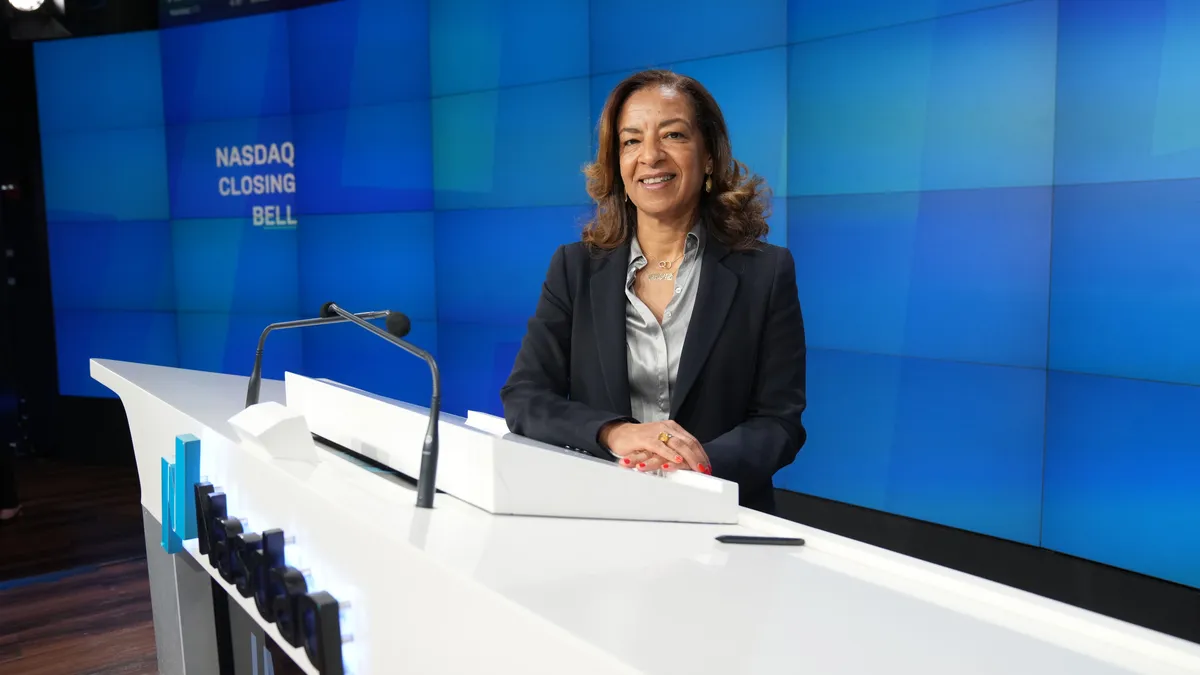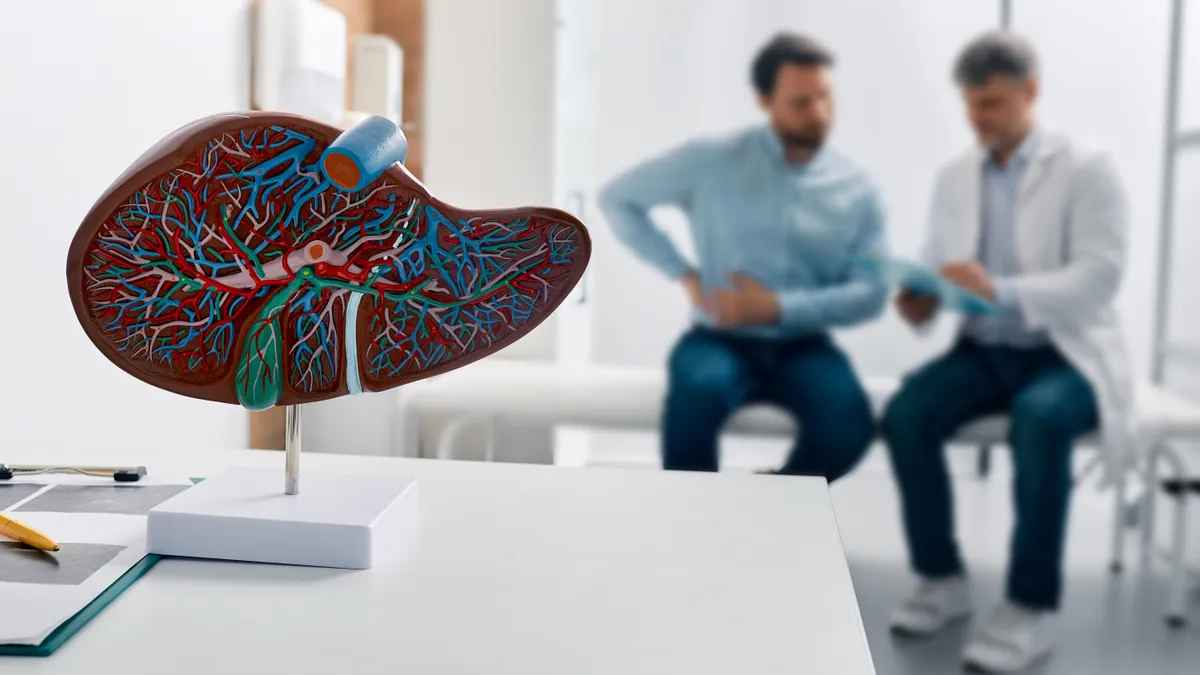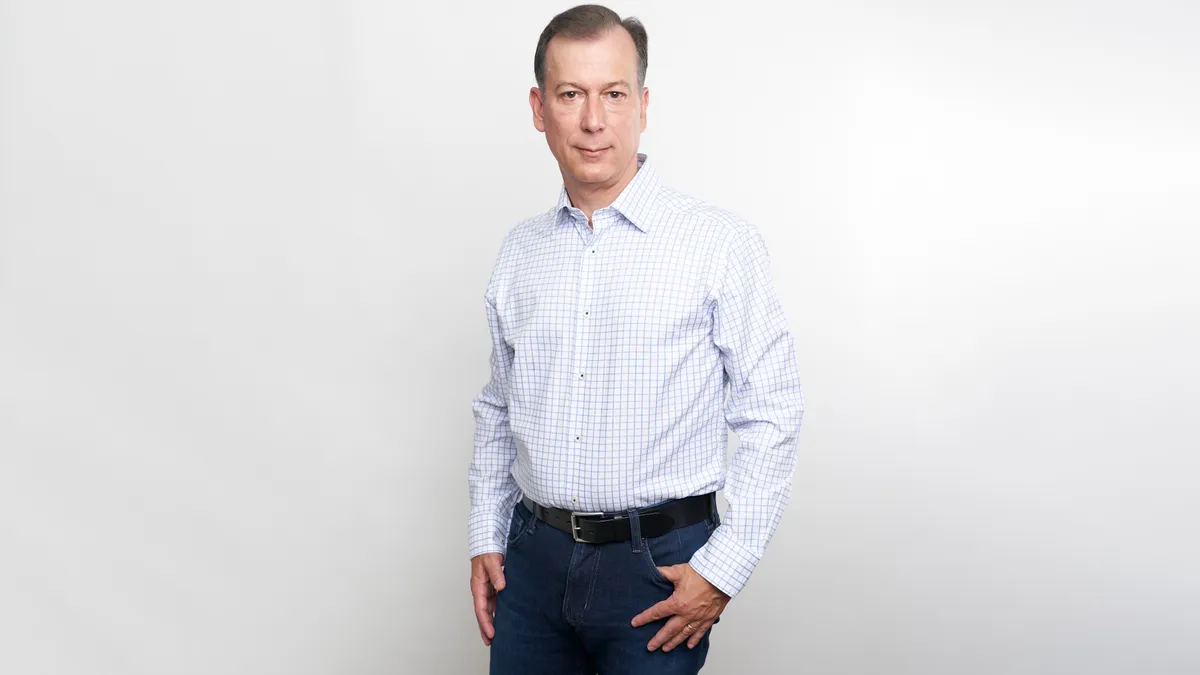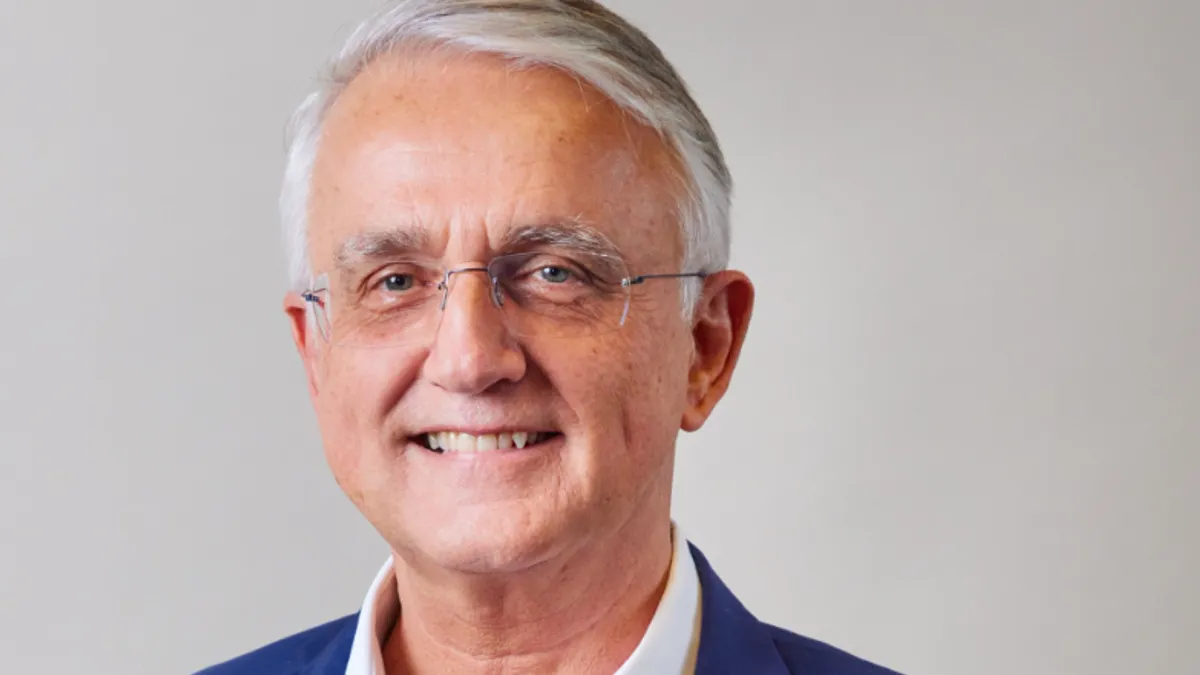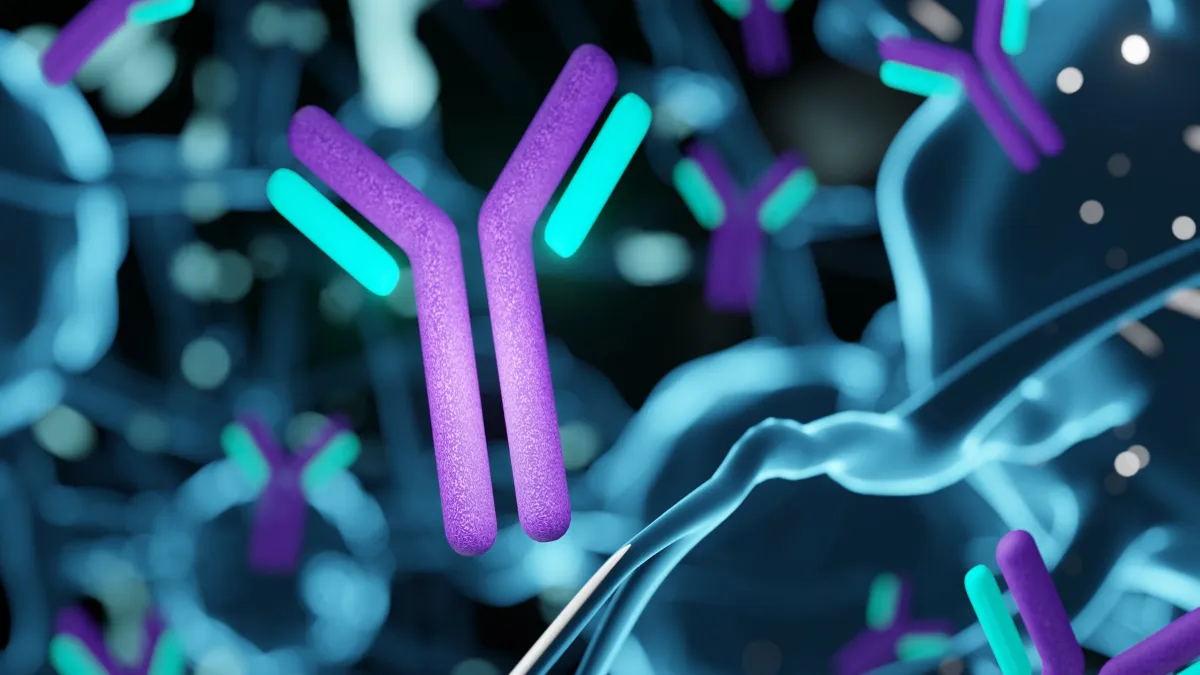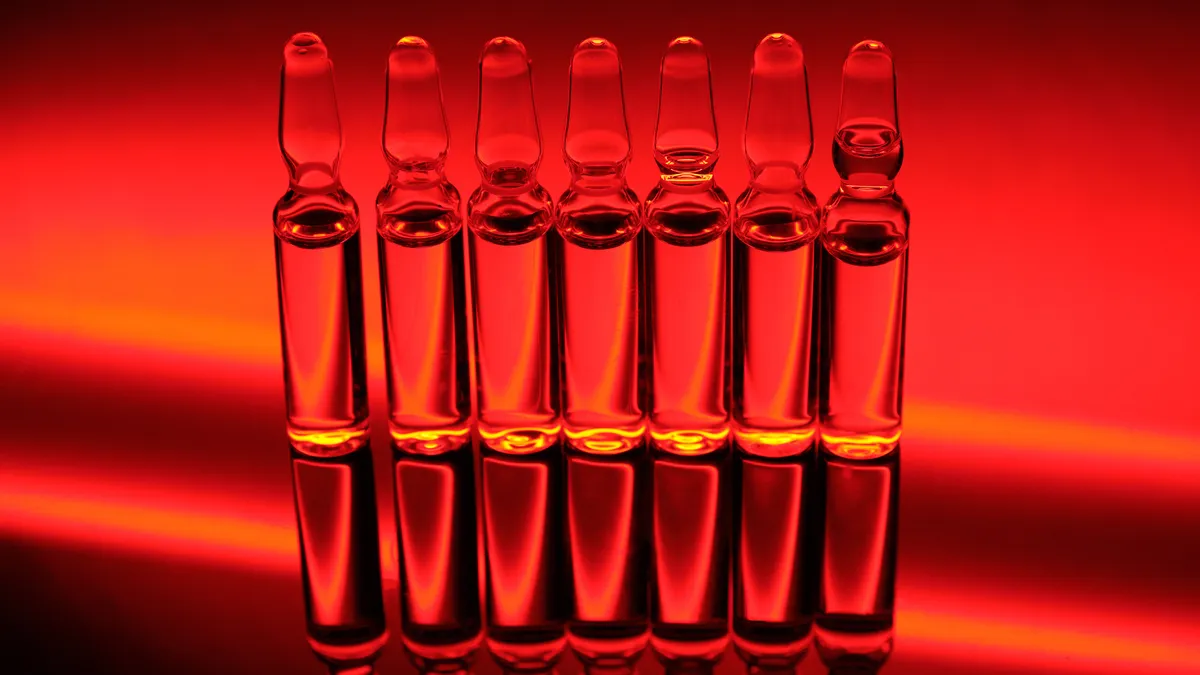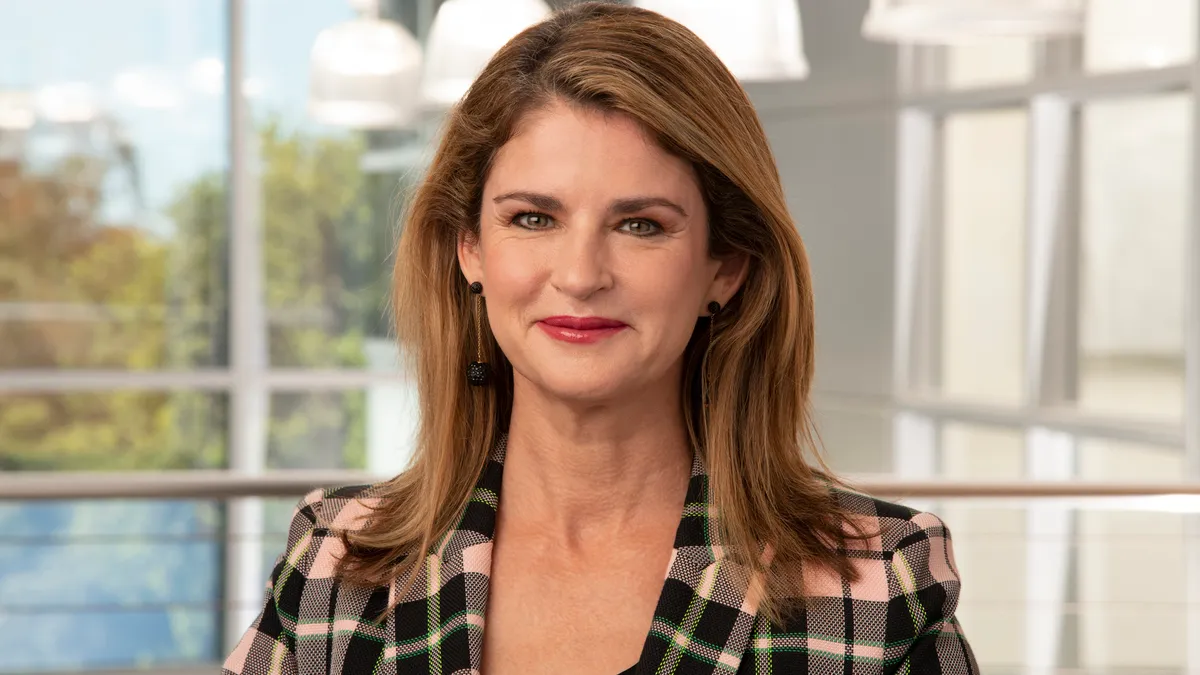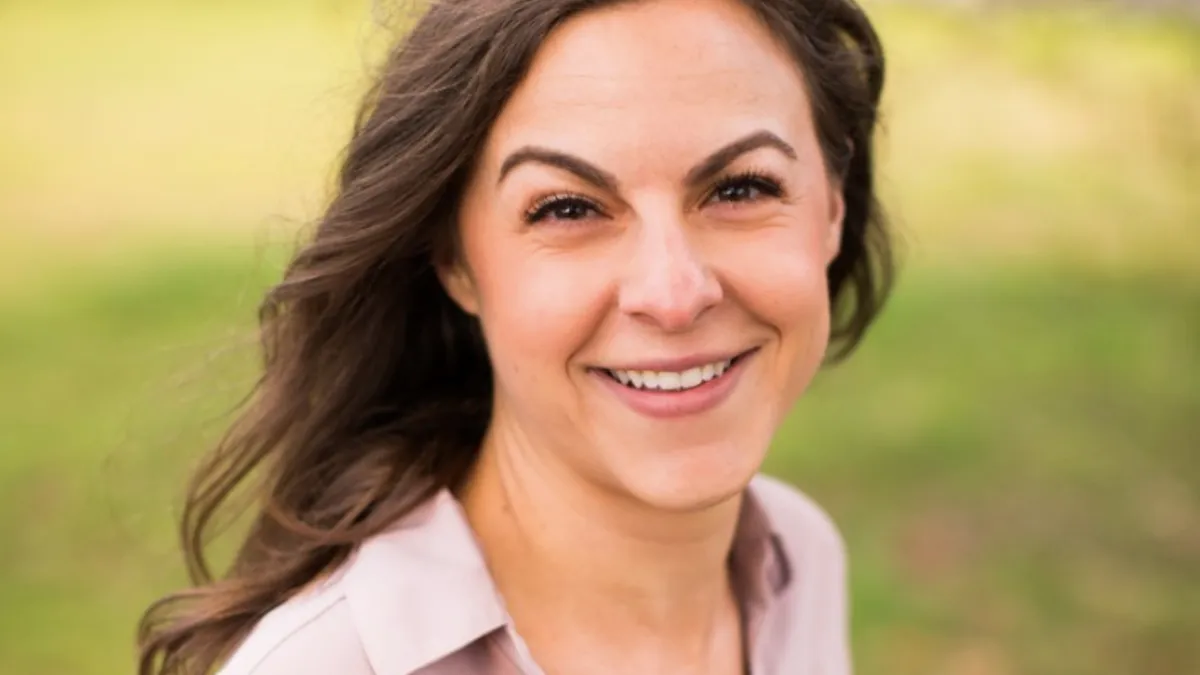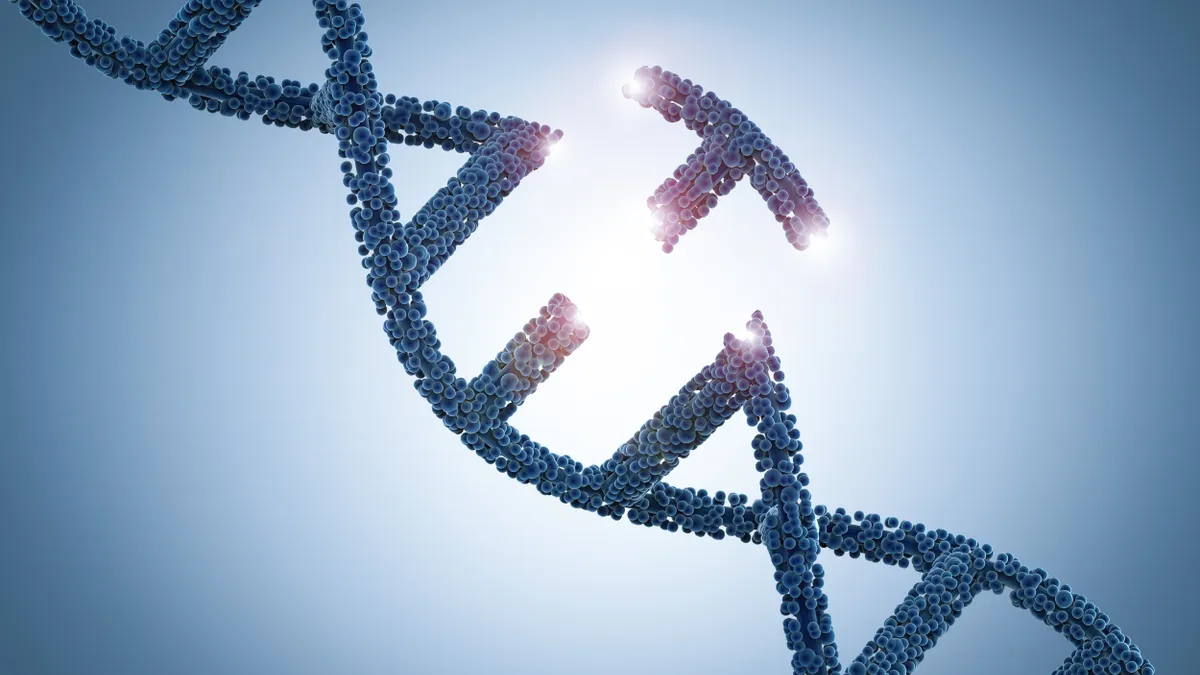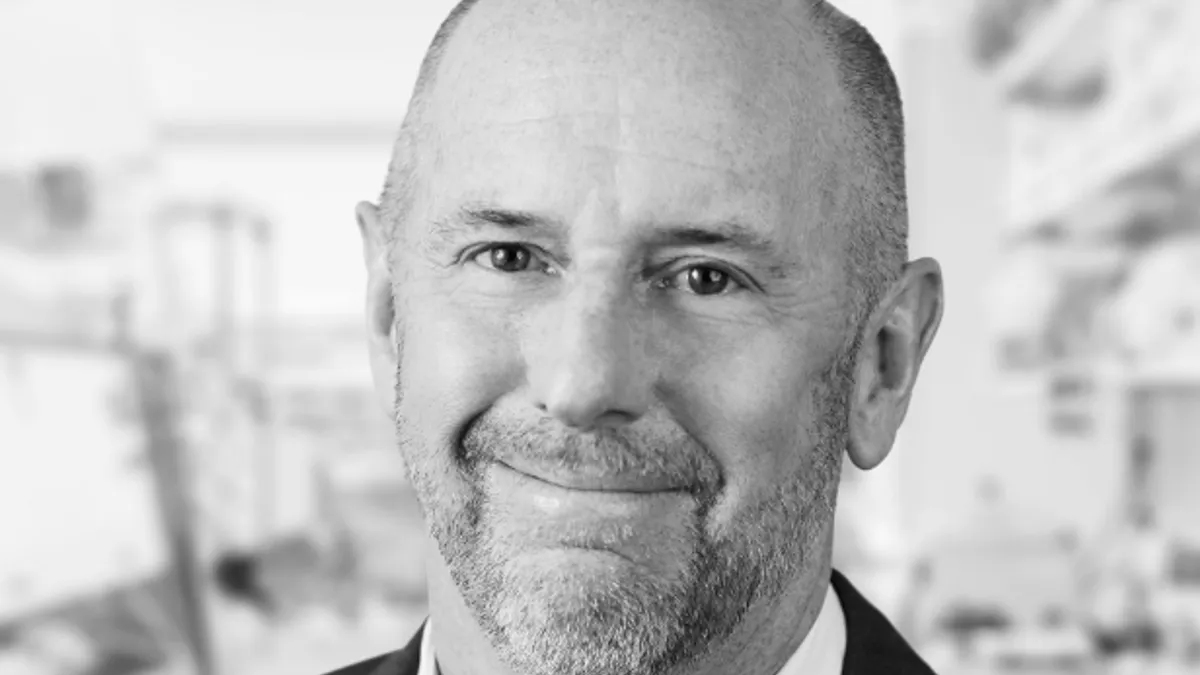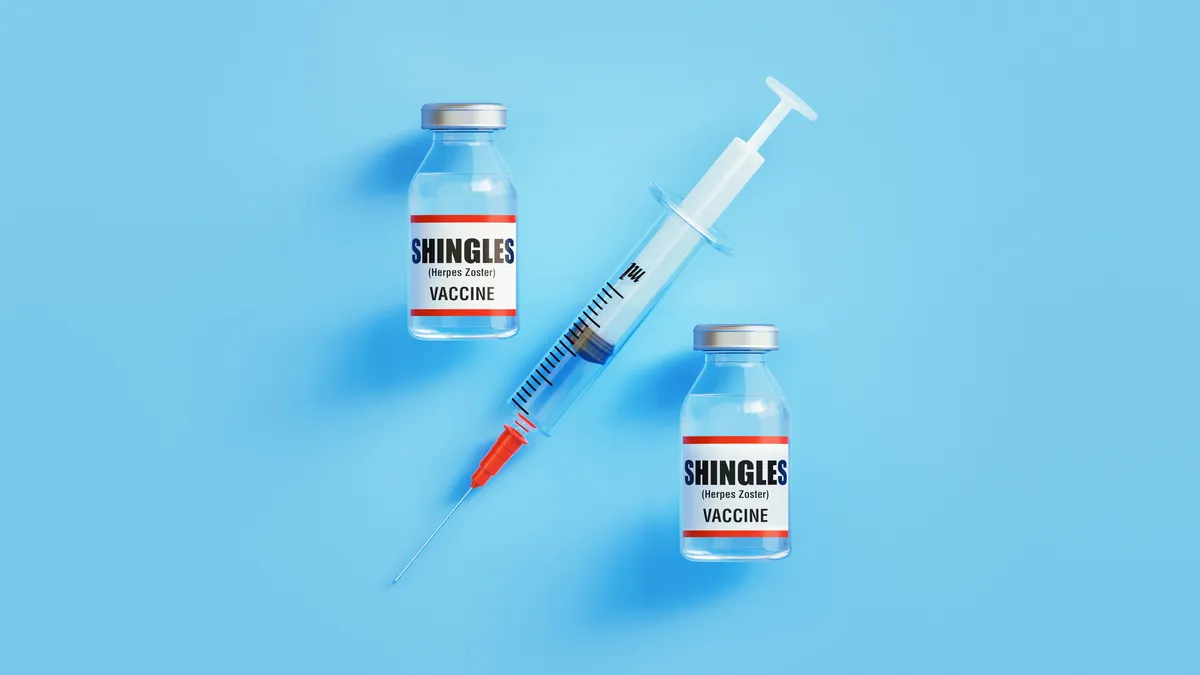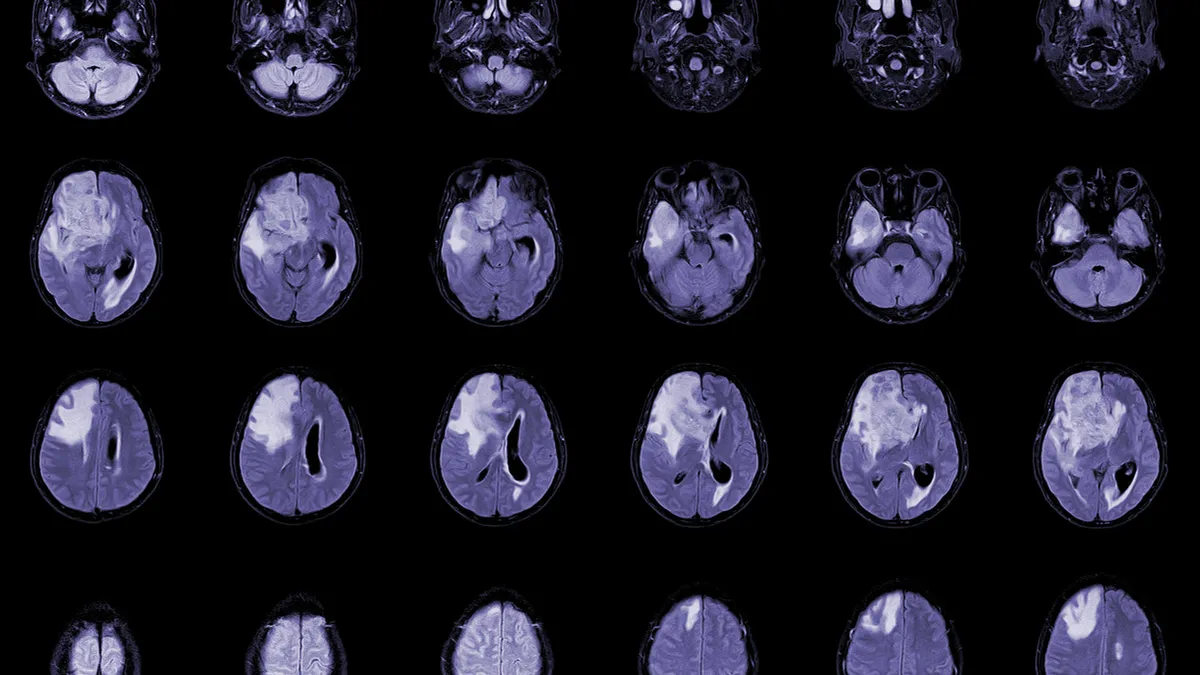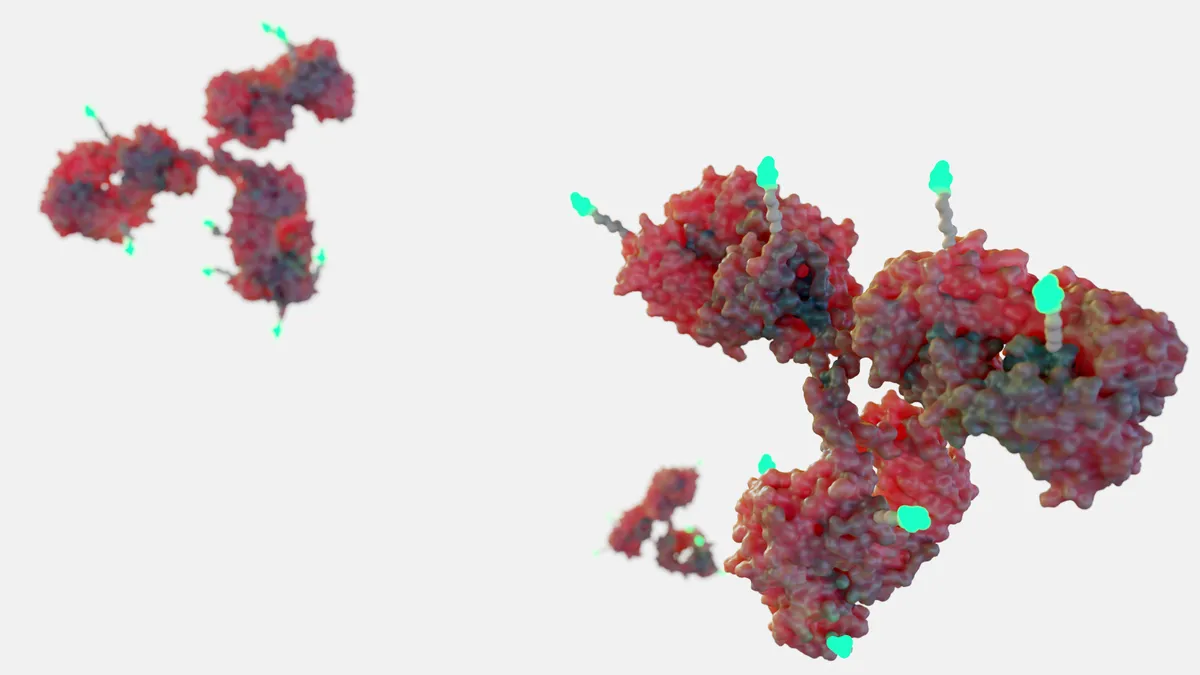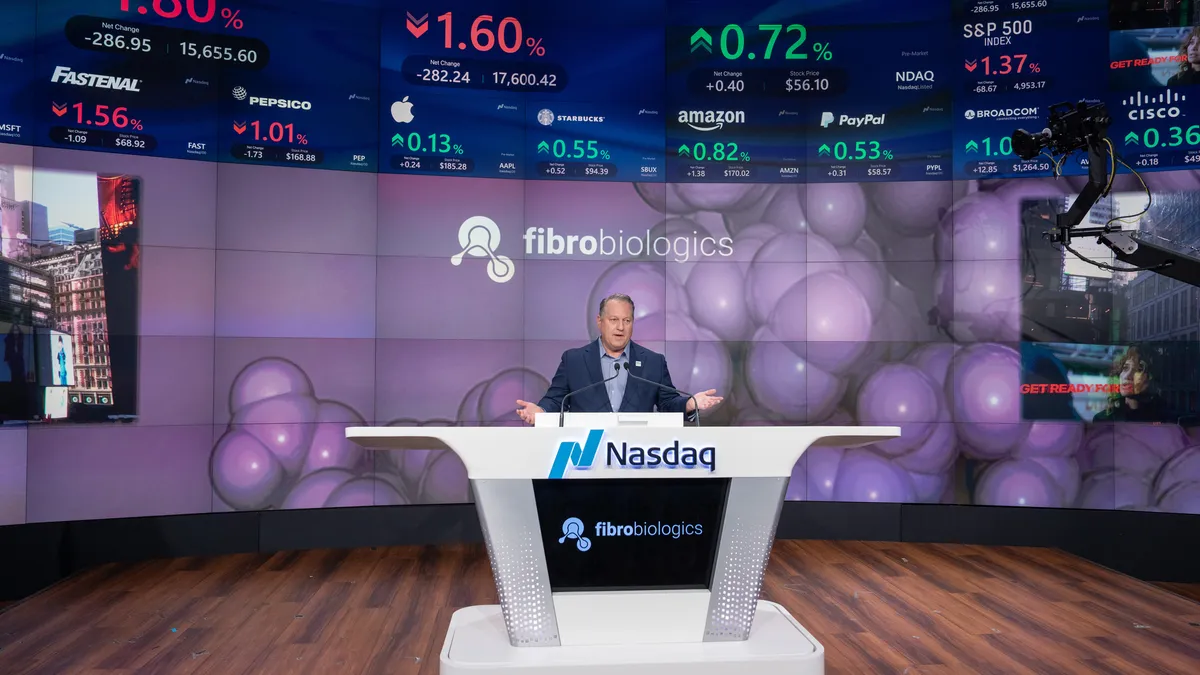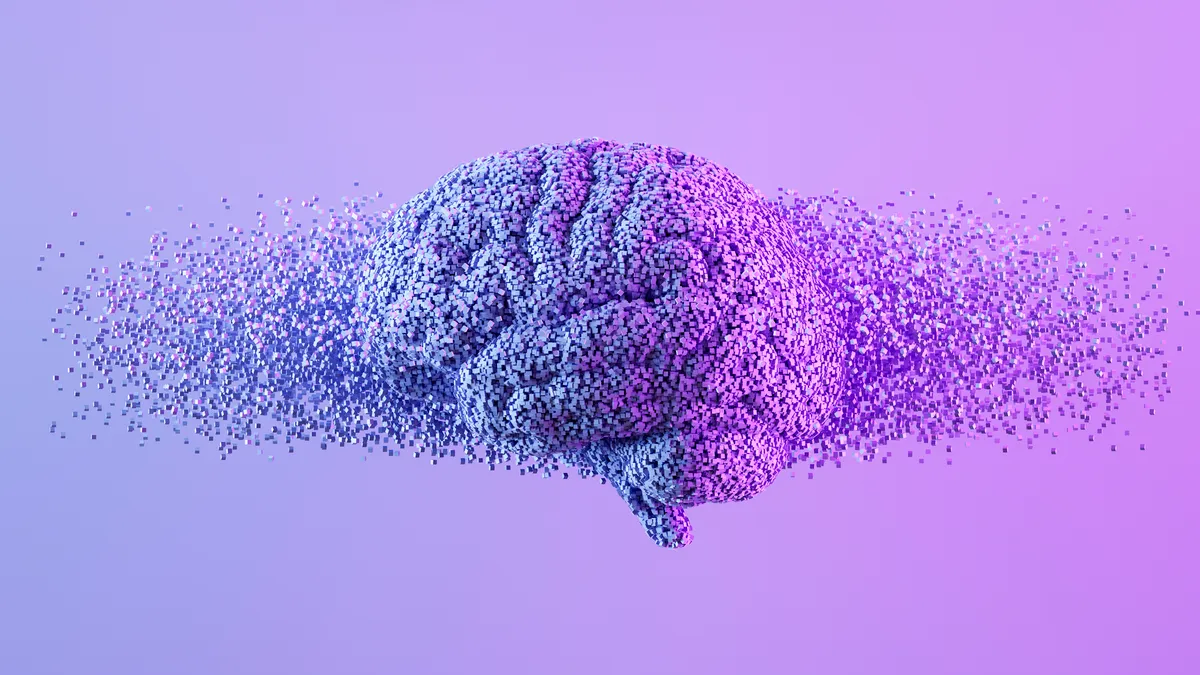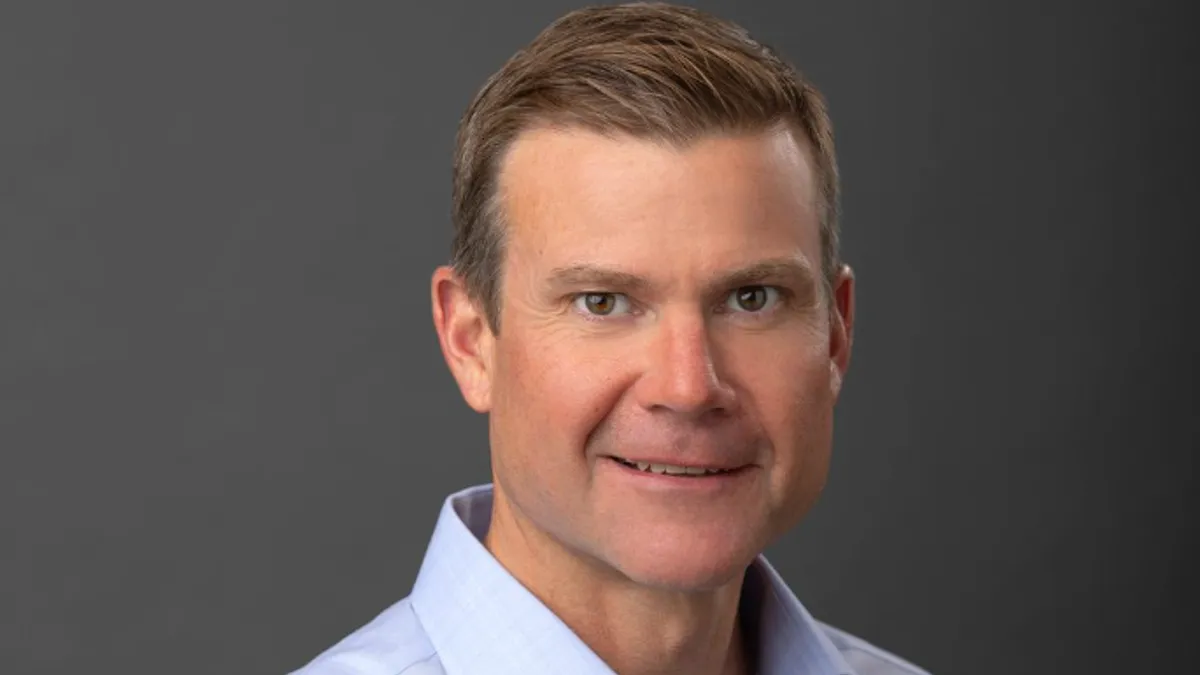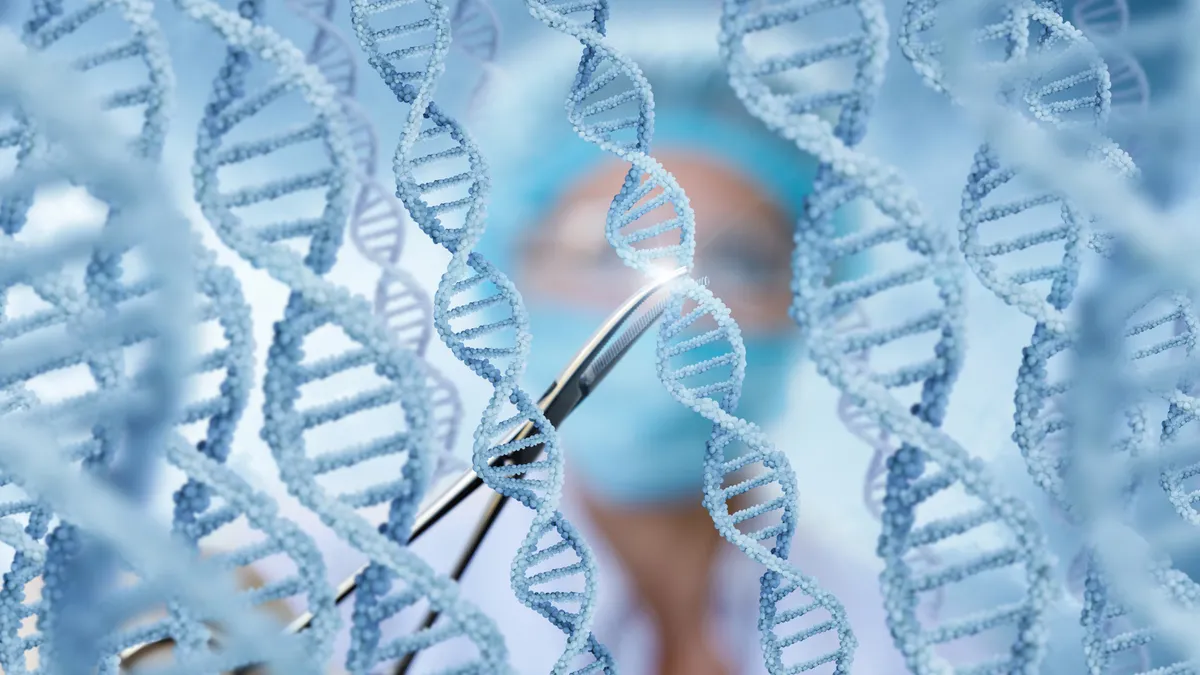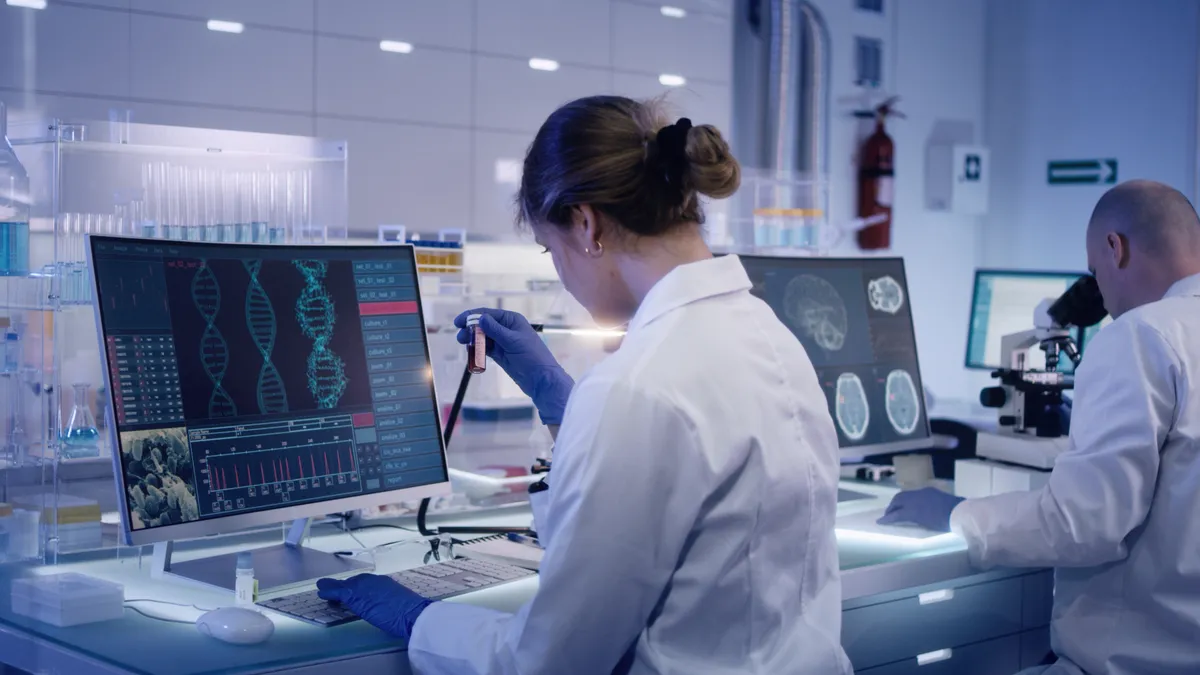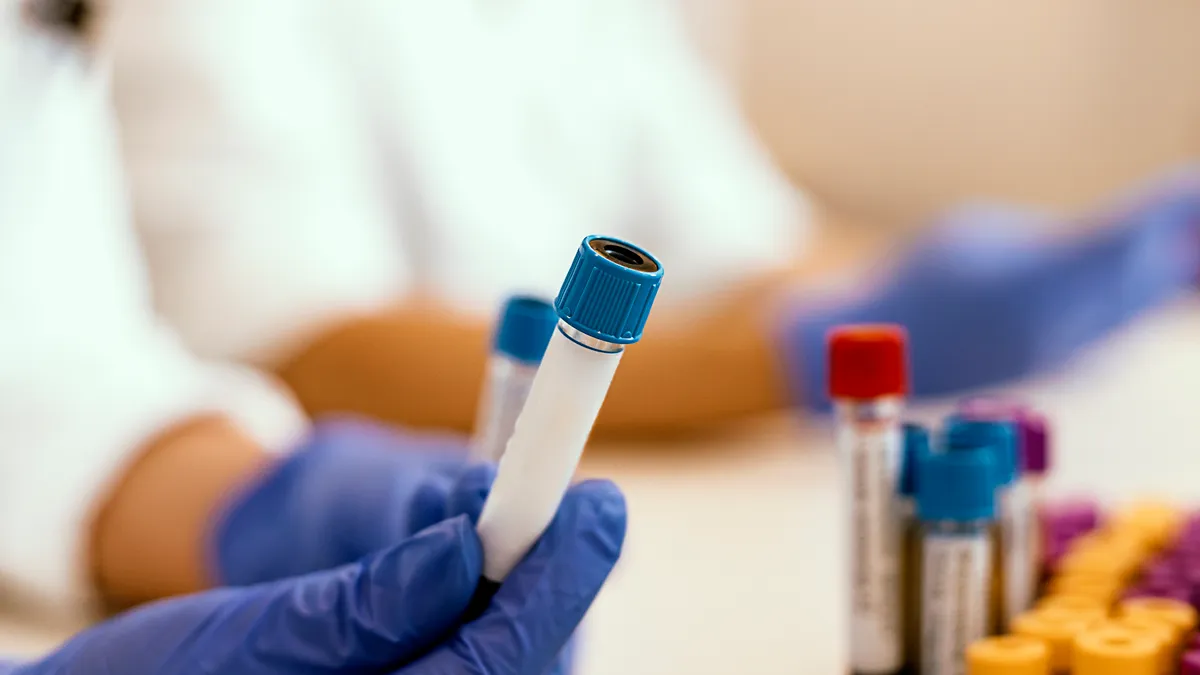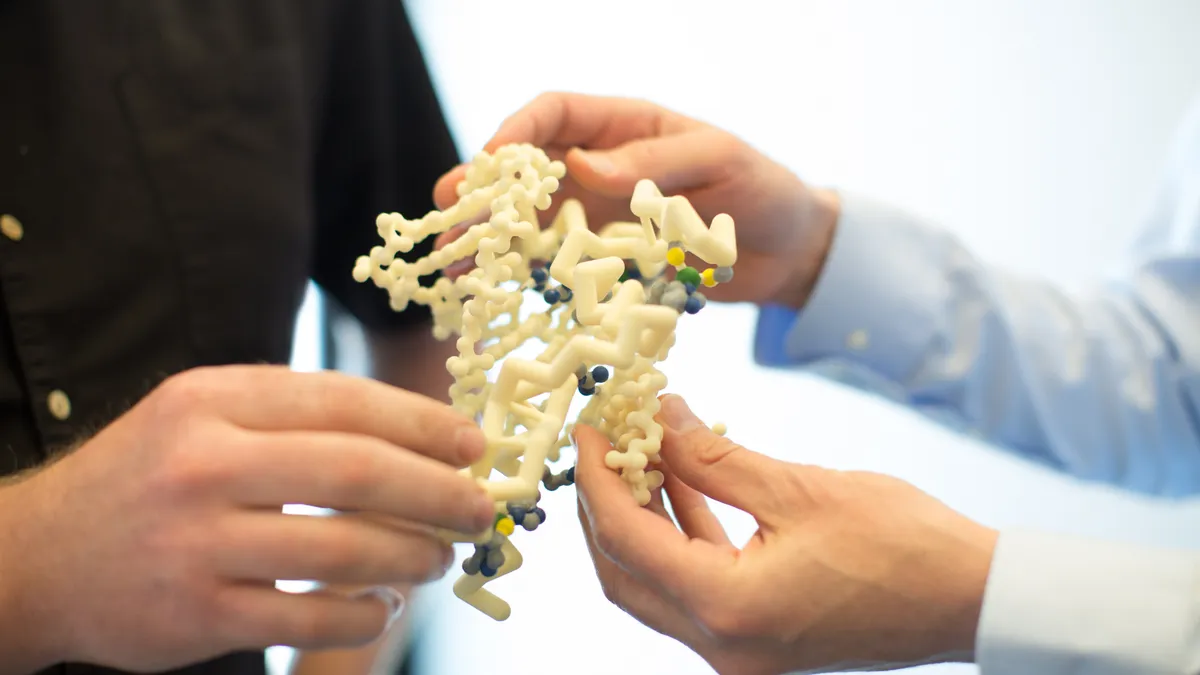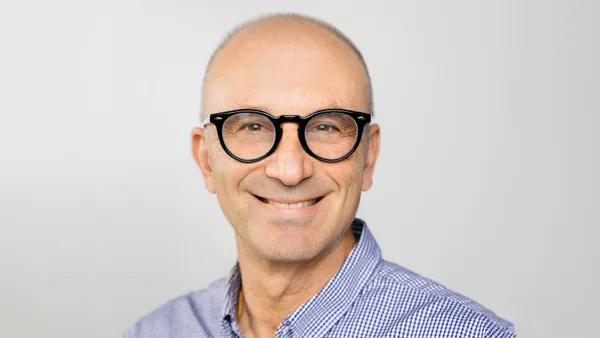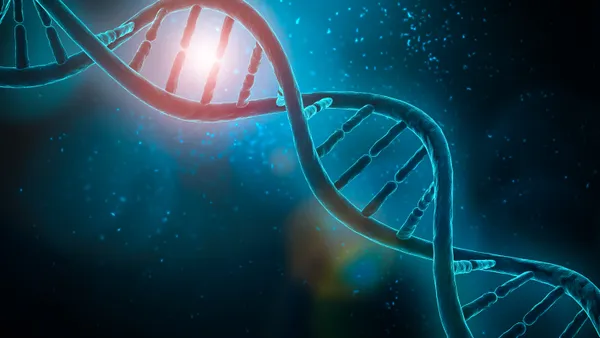Welcome to Biotech Spotlight, a series featuring companies with breakthrough technologies and strategies. Today, we’re looking at Shasqi, a clinical stage biotech leveraging click chemistry to develop a platform that can deliver higher payloads of drugs directly to tumors.
In focus with: José Mejía Oneto, founder and CEO, Shasqi
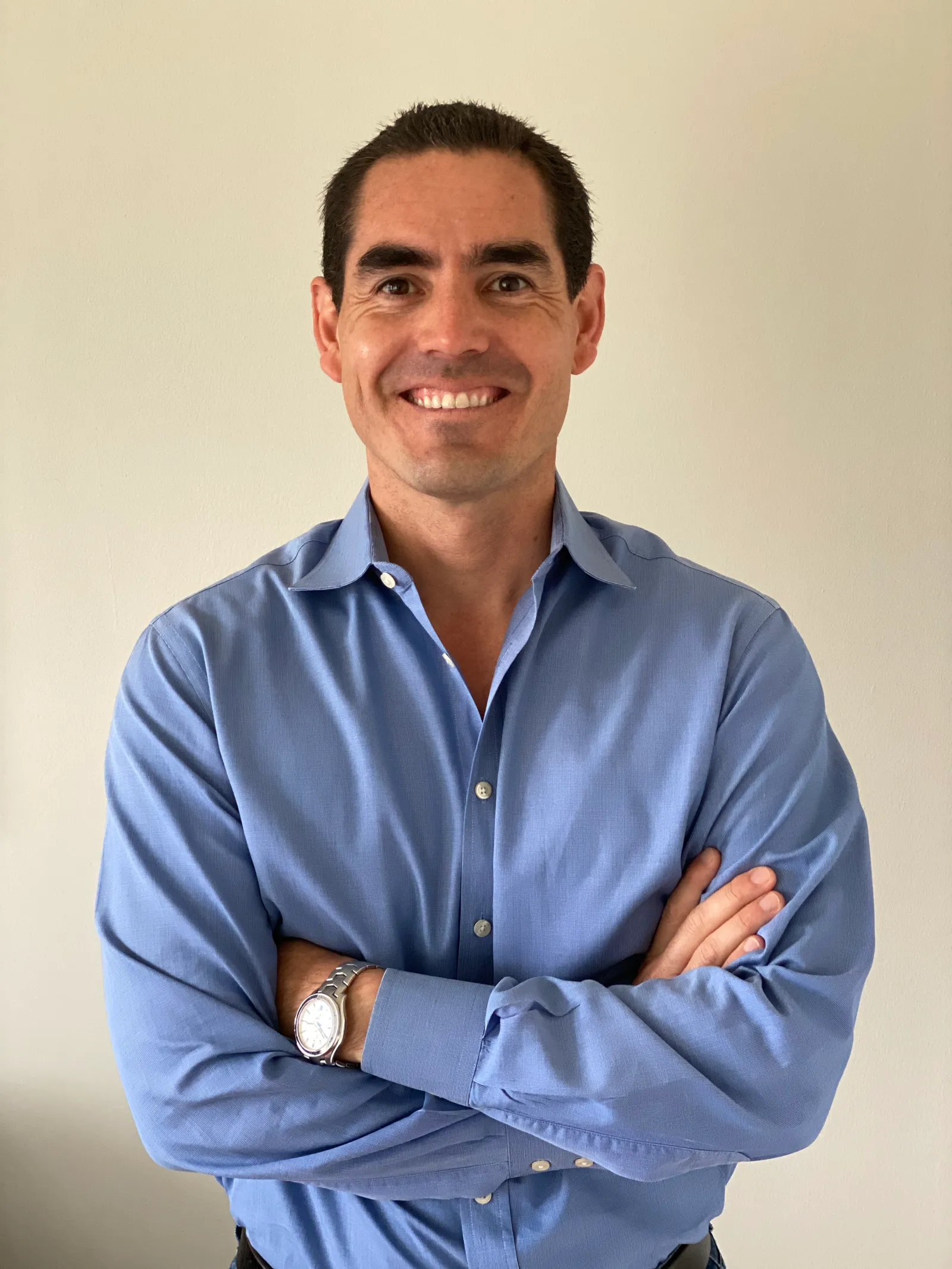
Shasqi’s vision: As an orthopedic surgeon, José Mejía Oneto was often frustrated that only a small percentage of therapies hit their intended targets. On a hunt to find precision approaches, Mejía Oneto began researching the power of click and bioorthogonal chemistry — which can deliver higher payloads of drugs directly to tumors — in 2014. But, he wasn’t satisfied with just publishing a paper on the topic and carrying on with his orthopedic career. Instead, he realized he could “make a bigger contribution by moving this concept forward and showing people that click chemistry was possible in humans.”
Hence, Shasqi was born.
Now a clinical stage company, Shasqi is looking to advance click and bioorthogonal chemistry-based therapies in oncology that deliver medications previously considered too toxic in large quantities. It’s also the first and only company to have safely applied the tech in human trials.
The breakthrough tech: Shasqi’s lead asset of its proprietary Click Activated Protodrugs Against Cancer (CAPAC) platform injects a biopolymer directly into a target tumor and then infuses a protodrug containing the chemotherapy doxorubicin to the area. Because the platform utilizes click and bioorthogonal chemistry, the doxorubicin is not activated until it reaches the tumor and reacts with the biopolymer.
First discovered in the 1960s, doxorubicin has two major side effects that have historically limited the total lifetime dosage patients can take, including an increased risk of cardiomyopathy, or heart failure, and immunosuppression. However, Mejía Oneto said that “by putting the biopolymer with a click chemistry buckle and modifying and attenuating (doxorubicin’s) toxicity by 80 times with the other click chemistry buckle on the (protodrug),” the company believes it will be able to safely deliver higher doses of the therapy to patients. In fact, phase 1 data for the company’s lead candidate, SQ3370, for treatment in solid tumors showed the platform could safely deliver approximately 12 times the standard dose of doxorubicin.
Why it matters: Earlier this month, the scientists who discovered click and bioorthogonal reactions — Barry Sharpless, Morten Meldal and Carolyn Bertozzi (who is a scientific advisor for Shasqi) — won the 2022 Nobel Prize in Chemistry for their pioneering work.
“The world of research and the world of manufacturing were transformed through the application of click chemistry, and now I think the world of therapeutics is also going to be transformed by the use of this,” Mejía Oneto said. As the first company to use click chemistry reactions in humans, Shasqi is poised at the forefront of those transformations.
The company’s technology could provide an even more effective alternative to already groundbreaking cancer therapies, like antibody-drug conjugates, which is one of the fastest growing sectors in oncology, Mejía Oneto said. And in addition to developing its own pipeline, Mejía Oneto said Shasqi is also in conversation with companies interested in utilizing the chemistry, and is showing them how to apply it to their own areas of expertise.
At a glance: In September, the company began phase 2 of its phase 1/2a clinical study testing the safety and efficacy of SQ3370 in patients with solid tumors who have never received a dose of doxorubicin. It builds on the first phase of the study, which was testing for safety in patients who had, for the most part, previously been exposed to doxorubicin. The goal, Mejía Oneto said, is to “understand the safety in a more homogeneous group of patients” and analyze the drug’s effectiveness.
In PharmaVoice’s conversation with Mejía Oneto, he discussed Shasqi’s unique approach to precision oncology, how it builds off of other revolutionary methods, such as antibody-drug conjugates and what the recent Nobel Prize means for the company’s future.
Editor’s note: Also be sure to check out our exclusive interview with Carolyn Bertozzi on how click chemistry could revolutionize drug development.
This interview was edited for style and brevity.
PHARMAVOICE: What sets your CAPAC platform apart from others in the field of oncology?
JOSÉ MEJÍA ONETO: I think the concept that is very unique for us, and the way we see the world, is separated into the payload components. So what medication do you want to get to the tumor, and the tumor targeting agents, which enables you to isolate or identify those tumor cells or the tumor area that you want to target. As far as I know, we're the only ones who are leveraging click chemistry in the world in this way. So the way you can think about it, especially using the analogy from the Royal Academy of Sciences, from Sweden, is the two buckles. You have these two buckles that click together. Our whole concept, our whole goal with the CAPAC platform, is how do we get one of those buckles to the tumor — or the tumor area or tumor microenvironment? And can we put the other buckle in a drug? Will they click together inside the body and then release the active drug leading to a higher amount of drug at the tumor for a more prolonged period of time? And by putting them in a drug and modifying it with the buckle, we turned that into what we call a protodrug, which is an attenuated version of that active drug that gets activated only in the presence of the click chemistry partner.
How does it differ from antibody-drug conjugates?
Antibody drug conjugates they are sort of what their name says — the antibody that targets the tumor and the drug. They're all together. And they're one component, right? They're all one unit that travels through your body and ideally goes to the location that you want. Usually, what happens is only 1% or 2% of the total dose of that antibody actually makes it to where you want it to go. So most of the dose is wasted or goes to locations where you don't want it to go and circulates in your body for a prolonged period of time, which gives the chance for the drug that was attached to the antibody to come off and (it) can lead to toxic side effects. But it has been an incredible advance. It’s allowing us to use therapies that were too toxic to be used by themselves.
"We’re just scratching the surface of what can be done with this technology."

José Mejía Oneto
Founder and CEO, Shasqi
The reason why you have the antibody is because you want something that targets the tumor and gets it to the location. So we're separating that and then building the click chemistry buckle. That is at the tumor now, and then we can take a payload and give it systemically, we can take our protodrug and give it to the patient over day one, day two, day three, day four and have it activated at the tumor that has the buckle from the click chemistry.
How do you anticipate the recent Nobel Prize impacting the company?
(Before), we were trying to teach people the importance and the value and what click chemistry could do. Now, it's the world asking us what we know about click chemistry. So it's a very, very exciting time for us. We believe dearly, that the application we have and the application we're creating is much bigger than any one company. So we're excited about the opportunity to chat with amazing people around the world who are developing drugs, or have developed drugs and have challenges in the toxicity profile or efficacy profile and could benefit by working with us to improve them through click chemistry. So I think the awareness about us and the exposure to the concept is going to help us bring medications to patients as soon as possible.
What sets Shasqi apart from its peers?
I think it's extremely unique that a seven-person company can file an IND. It's about having big ideas and pursuing your passion and bringing those forward and doing what you think needs to be done for the world and I hope that Shasqi becomes an inspiration for all those other amazing people that are creating things. When you're trying to do something different, unique and new it is daunting but you just have to keep going.
The second one is, we're just scratching the surface of what can be done with this technology. As you start thinking of how now you have this ability to bring things together within the human body in very unique ways, the applications of that and how we're going to tackle disease and overcome disease, it's going to be incredible. So we're very excited about that for the big picture piece. And very excited about our findings in phase 2 of our study with doxorubicin.



